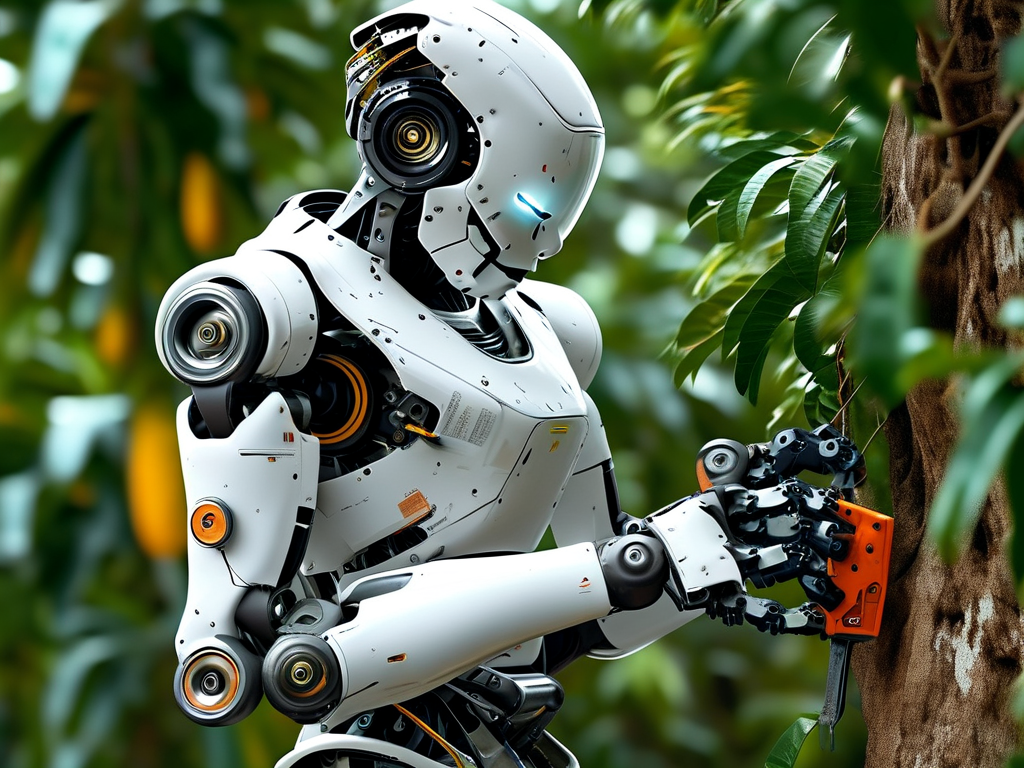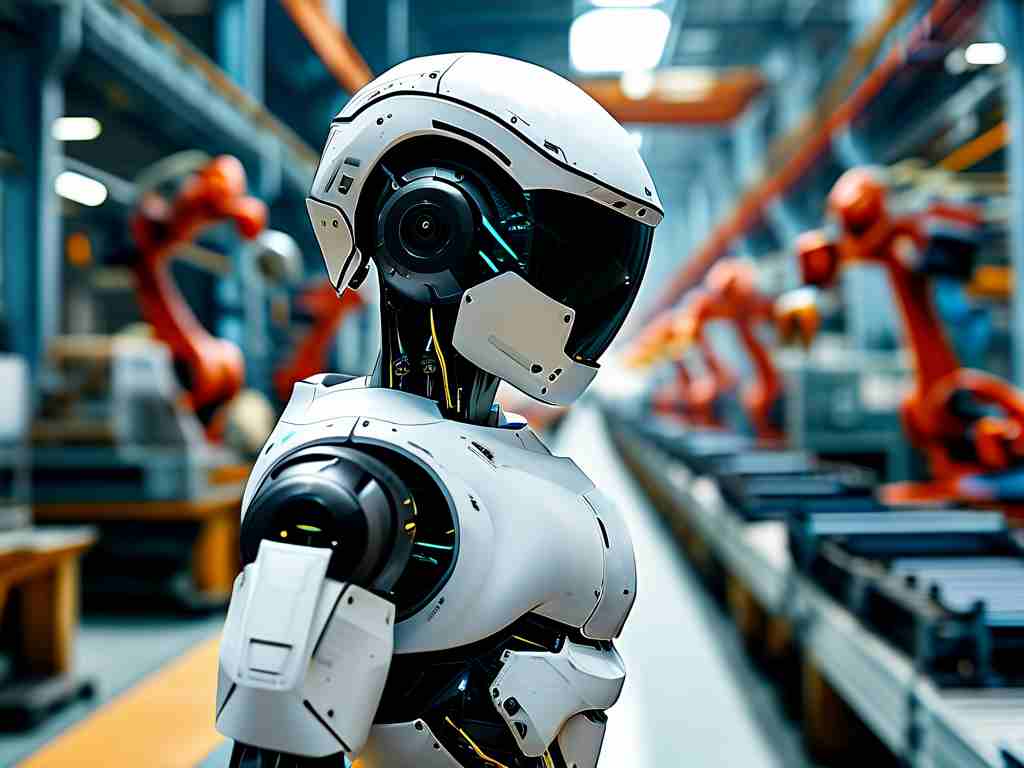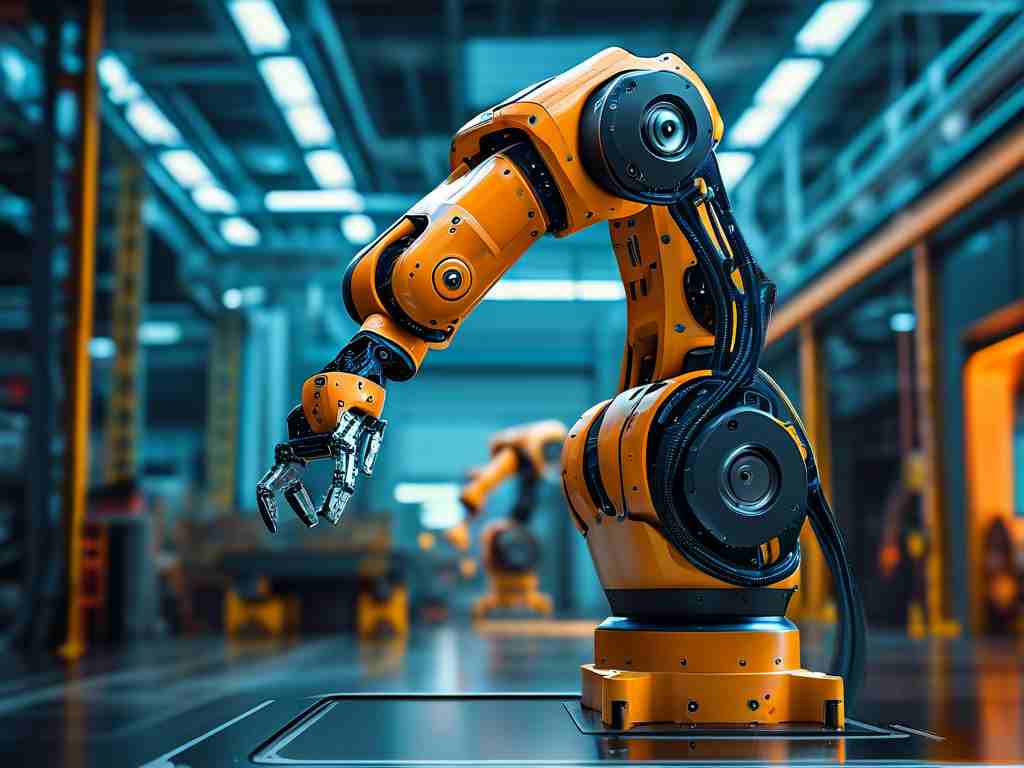The evolution of agricultural robotics has introduced groundbreaking solutions for labor-intensive tasks, with automated rubber-tapping systems emerging as a transformative innovation in latex production. This technology combines precision engineering, machine vision, and adaptive control mechanisms to replicate and enhance traditional manual tapping processes while addressing critical industry challenges.

At its core, robotic rubber-tapping technology operates through three integrated subsystems: perception modules, motion control units, and decision-making algorithms. High-resolution 3D cameras paired with LiDAR sensors create detailed tree bark topography maps, identifying optimal incision points while avoiding vascular tissues responsible for nutrient transport. This sensory input feeds into proprietary path-planning software that calculates blade trajectories with micron-level accuracy, accounting for natural variations in tree trunk curvature and bark thickness.
The cutting mechanism itself employs oscillating diamond-coated blades maintained at 12°-15° angles – parameters derived from decades of plantation research. Unlike static manual tools, these servo-driven cutters dynamically adjust depth penetration between 1.2-1.8mm based on real-time sap viscosity measurements from embedded microfluidic sensors. This prevents the common issue of over-tapping that can damage cambium layers and reduce tree productivity by up to 40% in conventional methods.
Advanced systems incorporate self-learning neural networks that analyze historical yield data and environmental factors. For instance, humidity levels above 85% trigger a 7% reduction in incision frequency to prevent latex dilution, while temperature fluctuations automatically modify collection cup positioning to account for sap flow rate changes. Such adaptive features enable consistent output quality even under variable tropical weather conditions where 78% of rubber plantations operate.
Field trials in Southeast Asian plantations demonstrate measurable improvements: robotic units achieve 94% tapping accuracy compared to 82% for skilled human workers, while reducing raw material waste by 18-22%. The technology also introduces novel capabilities like 24/7 operation cycles and simultaneous multi-tree processing – functions impossible in manual systems constrained by human physical limits and safety requirements.
Implementation challenges persist, particularly regarding energy autonomy in remote plantations. Current prototypes address this through hybrid solar-battery packs with emergency ethanol generators, providing 72 hours of continuous operation. Maintenance protocols remain more complex than traditional tools, requiring weekly calibration checks and monthly component replacements – a tradeoff for the substantial productivity gains.
Looking ahead, developers are integrating blockchain-enabled yield tracking and IoT-enabled tree health monitoring directly into tapping arms. These enhancements aim to create fully autonomous plantation management ecosystems where robotic systems not only harvest latex but also predict blight outbreaks and optimize fertilizer distribution – potentially revolutionizing the entire rubber production value chain.
As environmental regulations tighten and labor costs rise, automated rubber-tapping technology presents a viable pathway for sustainable latex production. With ongoing refinements in AI pattern recognition and biodegradable component design, these systems are poised to become standard equipment in smart plantations within the next decade, reshaping a centuries-old industry through precision automation.









